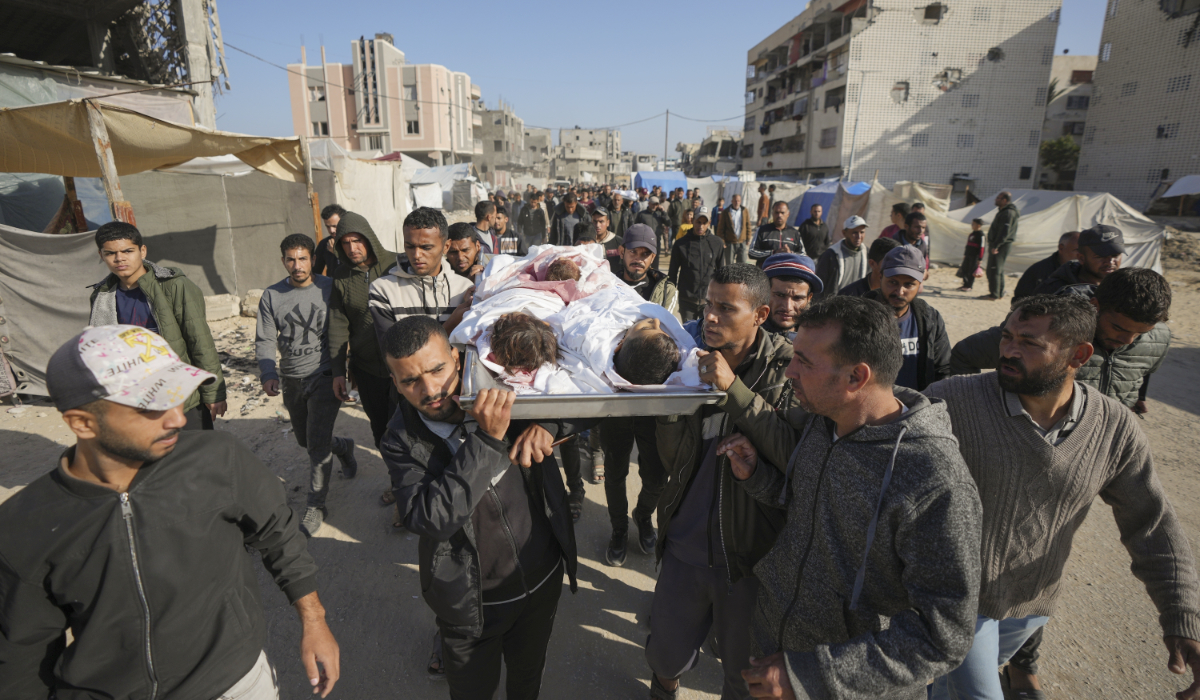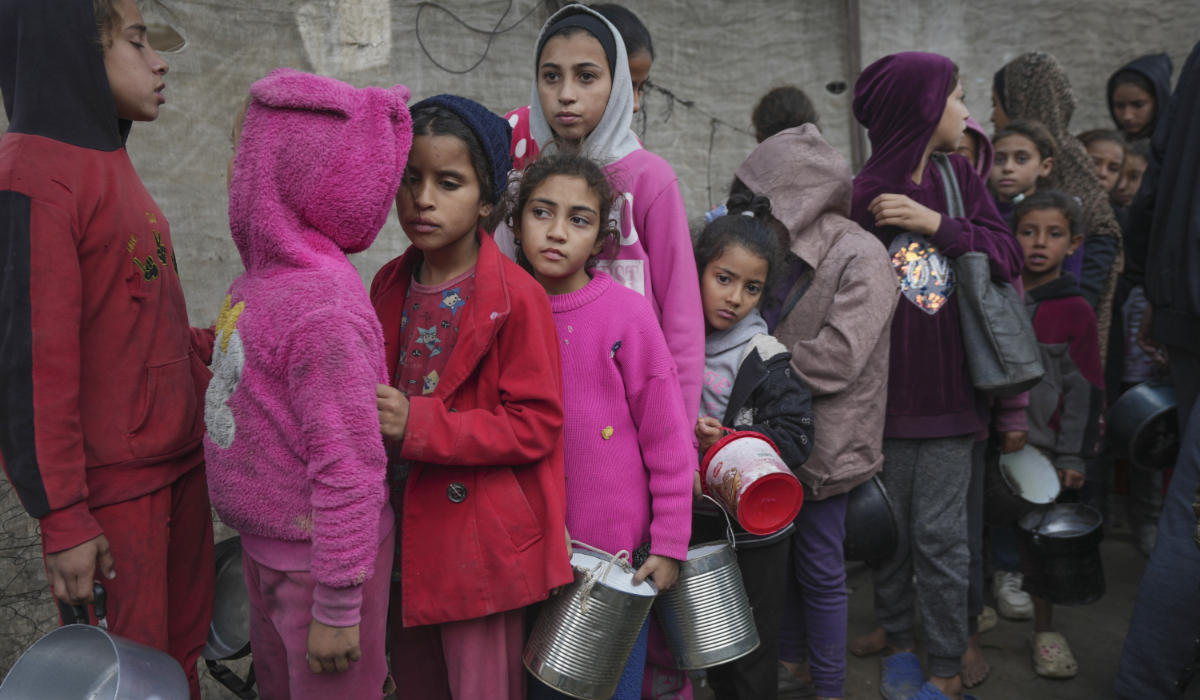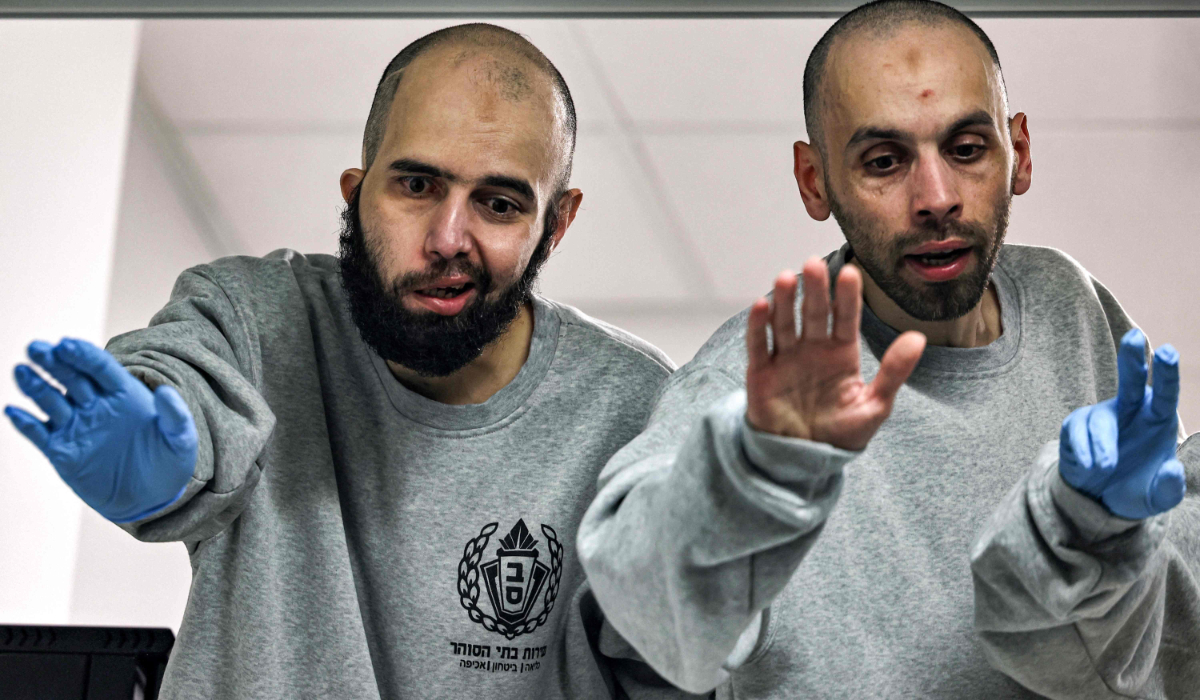AL-MUKALLA: Kuwait has agreed to provide Yemenia, Yemen’s national air carrier, with three aircraft and two engines to supplement its limited fleet, days after the Houthis seized four of the airline’s planes.
Yemen’s government said authorities in Kuwait notified the Yemeni embassy in Kuwait on Sunday that they have agreed to a request from Rashad Al-Alimi, chairperson of Yemen’s Presidential Leadership Council, to assist Yemenia.
“This generous support adds to the lengthy legacy of the State of Kuwait’s dignified positions and generous humanitarian interventions at different stages and situations alongside our Yemeni people,” Al-Alimi said in a message posted on social media platform X.
Yemenis responded on social media with praise for Kuwait and hopes that the aircraft will allow Yemenia to provide flights to new locations or step up services to existing destinations. Yemenia offers flights to Jeddah, Riyadh, Amman, Cairo and Delhi, and plans to add services to Dubai and Kuwait.
The assistance from Kuwait came less than a week after Yemenia reported that the Houthis seized four of seven aircraft at Sanaa airport, preventing them from flying pilgrims to and from Saudi Arabia. The Yemeni government said at least 1,000 pilgrims were stranded in Saudi Arabia as a result.
The Houthis refused to release the aircraft and said last week that they would take administrative control of Yemenia, seize repair facilities at Sanaa Airport, and reschedule flights from Sanaa and other airports in Yemen, including those held by the Yemeni government.
Meanwhile, prisoner-exchange discussions between the Yemeni government and the Houthis continued on Monday for a second day without any reports of progress being made toward a fresh agreement that might result in hundreds of war detainees being freed.
“The discussions are ongoing and intense,” Yahya Kazman, the head of the Yemeni government delegation involved in the talks, told Arab News.
Abdul Wahab Qatran, a prominent, outspoken judge who was released from a Houthi prison on June 12, said that members of the group had attacked his home, terrorized his family and imprisoned him for months for exposing Houthi corruption and denouncing the actions of the militia.
“What happened to me and my whole family is terrible. No judge in Yemen’s history has ever experienced this,” he said in his first public statement since his release.
In a lengthy message posted on his son’s Facebook page on Sunday night, accompanied by a photograph of himself with tape covering his mouth, Qatran said more than 40 armed Houthis and six female intelligence agents surrounded his home in Sanaa on Jan. 2 while he his family slept, before breaking down doors and entering.
The judge said he and his family were held for hours as the Houthis looted the house. They took paperwork, cell phones, laptops, a hard drive containing 17 years of family memories, and other electronic devices including those belonging to his children.
“They stole my passport, my personal and judicial cards, my lawyer’s cards, as well as all my books and notebooks, including the notebook where I wrote down the passwords to my emails, Facebook and Twitter accounts,” Qatran added.
He said the Houthis ignored his pleas for them to respect his position as a judge and the immunity that should come with it and added: “They abducted me and threw me into an armored truck, along with my two adult children. The females put my wife and children under house arrest in a room and then occupied my home for eight hours.”
The Houthis took him to a jail in Sanaa, he said, and initially held him in isolation there for 40 days. Before releasing him this month, the Houthis ordered him to make a written pledge not to “undermine security and stability” and said he should notify their intelligence and security authorities if he needed a new cellphone SIM card.
“They have not returned any of the looted items to me yet,” he said. “They still have my phones and those of my children and relatives.”





























